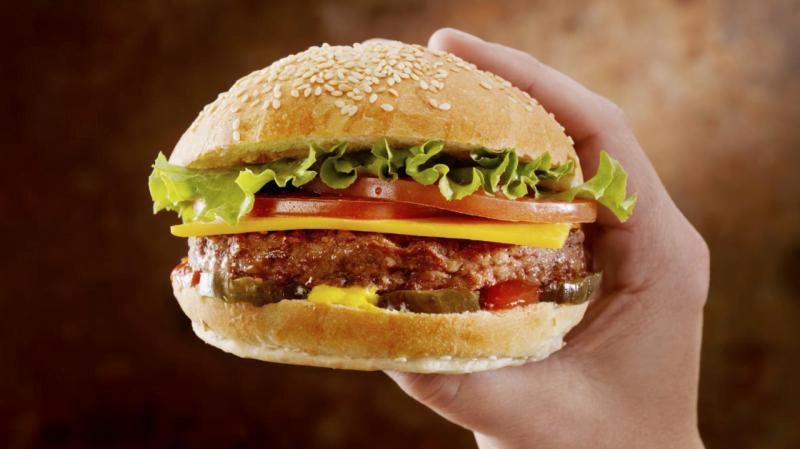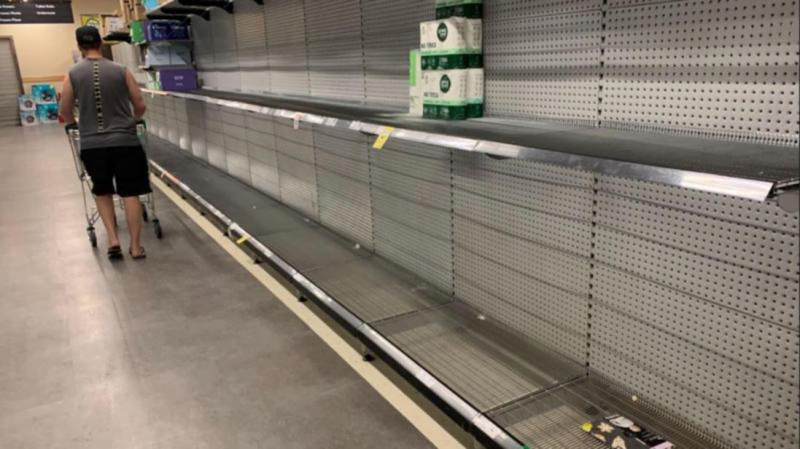At 6 p.m. in Trader Joe’s, Midtown Manhattan, there’s a long line wrapping around the store, reaching the escalator. All 20 registers are staffed by enthusiastic cashiers who raise paddles when ready for the next customer. An employee holds a sign indicating the end of the line, while another directs the queue through busy aisles. At the front, another worker tracks free registers. The store buzzes with activity—workers greet customers, organise carts, and restock shelves.
But what stands out most to an Aussie traveller is the absence of self-checkout kiosks, a stark contrast to Australian supermarkets. Trader Joe’s, a premium grocery chain with 571 locations, has chosen to focus on customer service over technology, bucking the trend seen in many other countries.
In Australia, retail giants like Coles and Woolworths are heavily investing in technology, reducing customer-facing roles in favour of self-checkout stations, surveillance cameras, and automated gates. Even Aldi, a budget-friendly chain, has followed suit, embracing self-service to tackle theft and streamline operations.
Yet, in the U.S., many big retailers are moving away from self-checkout. Despite investing millions in the technology, stores like Walmart and Dollar General are reversing course. Target has limited self-checkout to only ten items, while Walmart has removed kiosks in some stores. Dollar General has already converted 9,000 stores to staffed checkout lanes and plans to do the same in another 3,000.
The primary reason for this shift? Theft. Retailers report that “shrink” (shoplifting) has skyrocketed, particularly at self-checkouts. Grocery industry expert Phil Lempert reveals that shrink rates have tripled or quadrupled at self-service stations since the pandemic. Many customers have found ways to trick the machines, scanning cheaper items that match the weight of more expensive products.
While Australian retailers double down on surveillance to combat theft, U.S. retailers are reassessing the value of self-checkout. Santiago Gallino, a professor at Wharton School, explains that America’s relatively low wages make investing in self-checkout systems less attractive. The machines require maintenance, updates, and supervision—costs that might outweigh the benefits in a market where labour is cheaper. In contrast, Australia’s higher minimum wage (AU$24.10 compared to the U.S.’s US$7.25) makes automation a more compelling investment.
Trader Joe’s stands firm in its commitment to a people-centred shopping experience. In a company podcast, Trader Joe’s president Jon Basalone emphasised the chain’s belief in human interaction: “We believe in people. We’re not trying to eliminate our crew members for efficiency’s sake.” CEO Bryan Palbaum echoed this sentiment: “Self-checkout isn’t fun. I enjoy bagging groceries and interacting with customers.”
Many Americans agree. A recent poll revealed that 43% of U.S. shoppers support the removal of self-checkouts. The primary reasons? They believe it takes away jobs (62%), prefers speaking to a person (48%), and are frustrated that machines don’t accept cash (27%). Despite some appreciating the speed of self-checkout, others find the technology frustrating due to frequent errors.
Trader Joe’s approach reflects a broader trend in the U.S. toward prioritising customer experience. As Lempert points out, the checkout process is the final interaction customers have in store, and in an era of rising grocery prices, having someone thank you in person is a significant positive.
In Australia, however, the emphasis is on security and theft prevention. Supermarkets have been criticised for treating customers like thieves, with high-tech surveillance systems tracking shoppers. Coles and Woolworths have implemented overhead cameras, exit gates, and security technologies like Auror, a platform that helps identify shoplifters by analysing CCTV footage.
Experts remain divided on the future of grocery shopping in the U.S. and Australia. Some predict increased delivery services, with retailers reallocating staff to handle online orders. In Australia, supermarkets will likely stick with self-checkout, potentially introducing new innovations like “smart carts” and “just-walk-out” technology.
In the U.S., grocery shopping may evolve with a more balanced approach, offering self-service and staffed lanes to cater to diverse customer preferences. Ultimately, the future of retail will depend on the delicate balance between customer experience, technology, and security.
For the latest retailer news and information, check out the IndiHub website or to speak to us about how we can help your business contact us.


